Your round-the-world trip or long journey is starting to take shape? That's excellent news! However, there's still a topic we haven't discussed yet, and it shouldn't be overlooked: health while traveling! Even though you're preparing to live the experience of a lifetime, you must consider the potential day when things might go wrong. Nobody is invulnerable, and you could catch an illness, have an accident, or simply be in the wrong place at the wrong time.
It's precisely for these unlikely scenarios (which, we hope, will never happen to you) that you need to think about before you leave: vaccines, travel insurance, a small but complete first aid kit, managing menstruation and contraception, etc. In this chapter dedicated to health, we'll cover all these points so that you can embark on your backpacking trip worldwide with peace of mind.


You are currently reading the fifth chapter of our free ebook How to travel the world, in which you will find all the necessary advice and preparations for your trip around the world!
In addition to the version on the blog, there is a PDF version to read it peacefully on your computer, smartphone, or tablet, or to print it 🙂.
Travel insurance
To subscribe or not to subscribe to travel insurance
Travel insurance is a broad topic that often sparks debate among world travelers. You'll always find people who have decided to forgo it (because it's quite a budget, let's face it!), and for whom everything went smoothly!
The snag is that there are also some stories of people for whom it was a different story altogether… And without adequate travel insurance, the bill can become quite hefty if something more serious happens to you or if you require repatriation. You could even put your family in debt for years! Take, for example, this uninsured Briton who had a serious road accident in Thailand. His care required several tens of thousands of pounds...
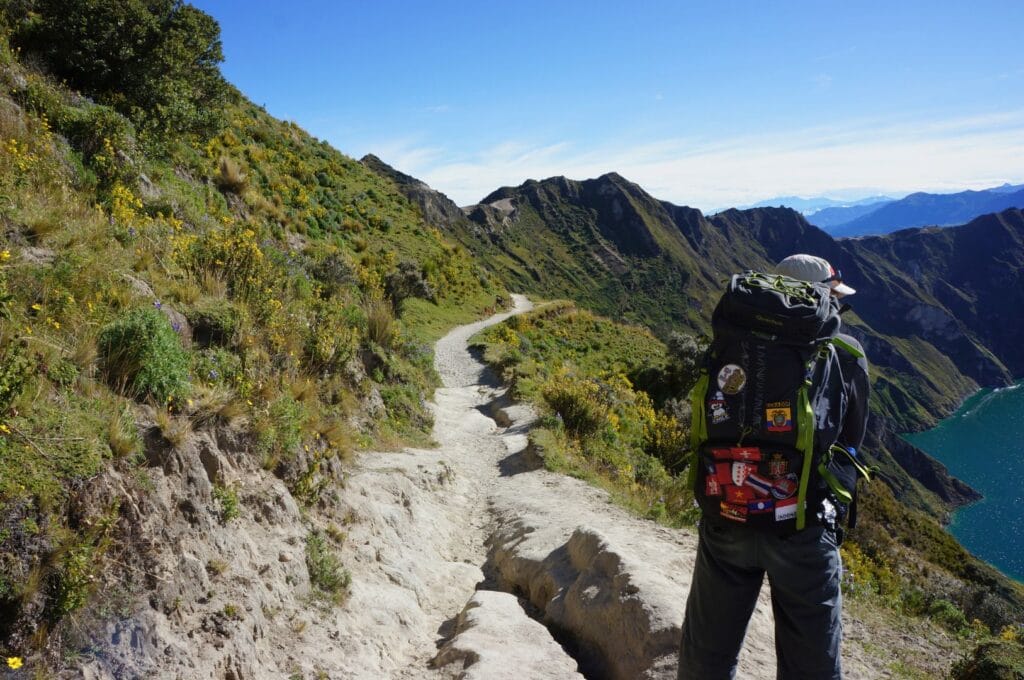
For us, there was no question about it. We didn't want to take risks and therefore decided to insure ourselves properly for this world tour. Fortunately, nothing serious happened to us, and we were rather good customers for our insurer. One thing is certain: we have absolutely no regrets.
The price of travel insurance
So, have you also decided to take out insurance for your journey? In our opinion, that's an excellent decision, but that's exactly when the nightmare of choosing travel insurance begins… There are many insurance companies with prices ranging from 300 to 1500 euros per year (or even more). Perhaps you are already partially insured by your credit card, your social security, or your mutual insurance? Moreover, it's easy to get lost in the general conditions of different insurers… It's difficult to know what is really important and what is less so! But don't panic, we'll try to shed some light on the matter.
Our insurance guide
To ensure yourself for a trip around the world (or a long journey), it's important to inquire about what's available on the market, which is constantly evolving… But generally, a few travel insurance policies stand out among travelers embarking on such journeys.
To help you make the right choice, we've created a super comprehensive guide that explains everything about travel insurance. And if you still have questions after reading this dossier, leave us a comment at the end of the article! We've also created a very intuitive interactive table for easily comparing the guarantees of different travel insurance policies. With that, you'll find the insurance that suits you in less than 5 minutes. Well, OK, maybe 15 minutes!

Vaccinations while traveling
The question of vaccinations during a long journey is clearly a sensitive health issue, and here, our goal is not to take a stand for or against vaccination. But the fact is that depending on the countries you plan to visit during your journey, you'll need to consider whether to get vaccinated or not. This is particularly the case for Africa, some countries in Asia, or South America.
Obviously, before traveling around the world, we asked ourselves all the following questions: which vaccines are necessary for which countries, how much does vaccination cost… With all the answers, we've prepared a comprehensive guide to help you choose which vaccines you need for your long-term trip.

Malaria pills for travel
Another major health question when preparing for a trip is whether to take malaria prevention tablets or not. Since Ben's mother is a pharmacist, we preferred to listen to her and left with a box of Doxycycline.
To know whether to take medication or not, there's nothing like the wise advice of your doctor. Inquire before your departure and inform them of your detailed itinerary! We devoted a large part to malaria prevention medication in the article devoted to vaccinations.
The ideal travel first aid kit checklist
We are neither nurses nor doctors, but it seemed important to us to have the minimum on us in case of trouble. In the end, nothing serious happened to us, but nevertheless, we opened our small backpacking first aid kit many times during the trip. Whether it was for stomach aches, small cuts, or a stubborn migraine, it served us well!

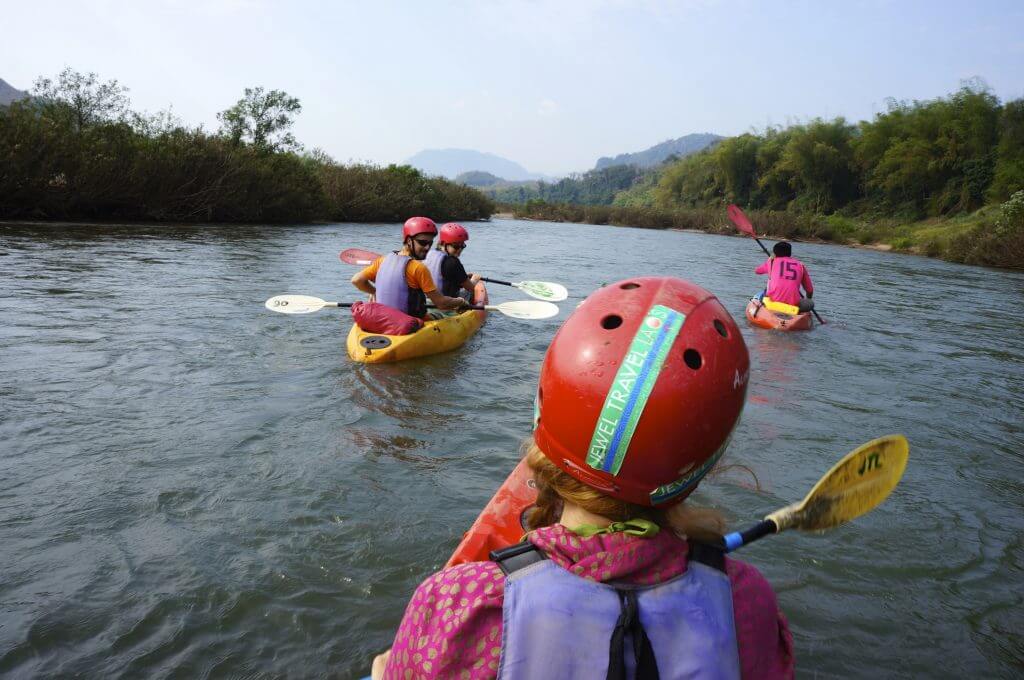
Thanks to Ben's mother's advice, we put together a high-performance first aid kit for traveling, and we present the ideal contents below. Small tip: remove all the boxes, gather the blisters with rubber bands, and note the dosage on a small Post-it note that you stick on the corresponding medications. There are no small savings in weight and space when traveling with a backpack!
Medications
- Malaria prevention medication: we opted for Doxycycline and took 2×20 tablets. In the end, we kept the box with us without using it until we reached Argentina. We then offered our tablets to a traveler who was going to the Amazon.
- Imodium for diarrhea: unfortunately, we used a lot of it… Having a reserve is always very useful!
- Vogalene Lyoc for nausea and vomiting: it also served us a lot!
- Spasfon for stomach aches.
- Dafalgan/Irfen/Doliprane for pain and fever: it's always useful to have.
- An antihistamine (Aerius).
- Broad-spectrum antibiotics (to be discussed with your doctor).
- Your usual treatment if there is one for the period of the trip (contraception, allergies, diabetes…).
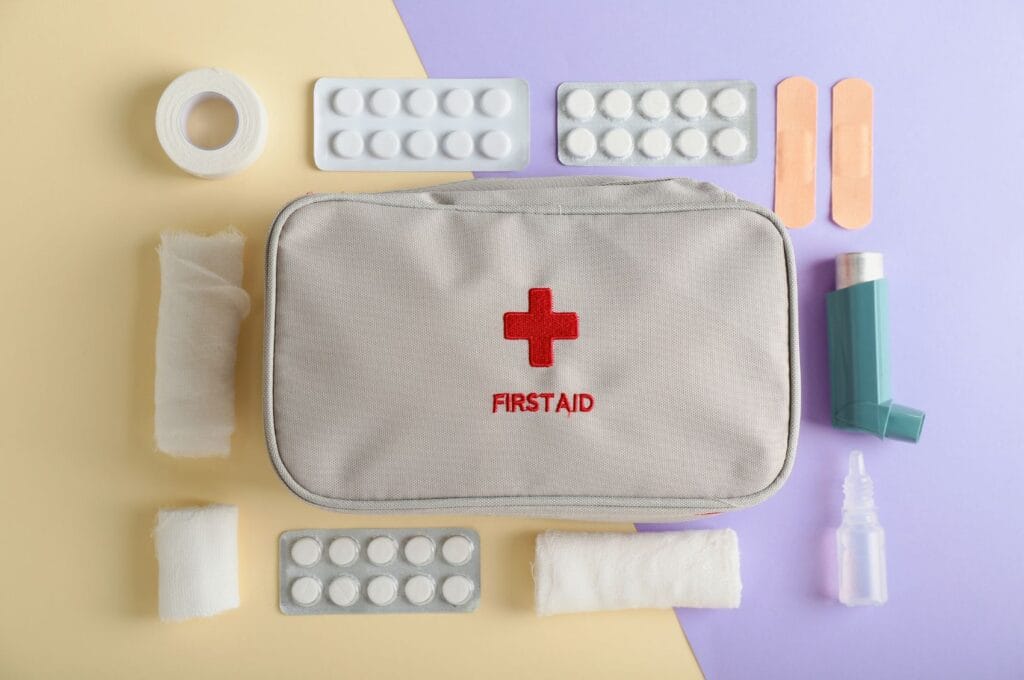
First aid and miscellaneous
- Antiseptic spray.
- Hand sanitizer gel.
- Various band-aids (for blisters or wounds) and compresses with small scissors.
- Bandages with safety pins and a small roll of adhesive tape.
- Tweezers and tick tweezers.
- Micropur tablets to purify water if needed: this is really essential for treks in particular. But in our opinion, the best solution is to adopt a filtering bottle to drink any clear water.
- Highly concentrated mosquito repellent product. Looking back, we found nothing more effective for outdoor use than these anti-insect coils that emit smoke. For camping, it's a must!
- A tube of aloe vera, very useful for soothing insect bites and sunburn.
- Sunscreen.
- A survival blanket.
There you go, you know everything about our ideal travel first aid kit!

Women's health when you travel
Menstruation while traveling
Ah, the joy of menstruation when you're a woman AND traveling! If your health condition or contraception spares you the monthly discomfort, this trip around the world will be nothing but fun. For others, it's a matter of reflection to keep or change your habits so that this period is easier to manage while traveling.
Today, we have many choices when it comes to sanitary protection. On that side, I think we're lucky to find the means that suit us. There's no denying that it must have been more complicated to manage during long adventures in the last century! We won't give you the characteristics of each protection, but rather the advantages and disadvantages of traveling.
Standard disposable period products (pads and tampons)
Rest assured, you'll find these conventional menstrual products everywhere, in all countries, but not necessarily the brands you use. The downside is clearly the practicality, whether it's during hikes or long journeys, where toilets and trash cans are not always accessible. Other points to consider are the cost to include in your budget and the space it can take up in your backpack. And let's not kid ourselves, pads and tampons constitute significant pollution…
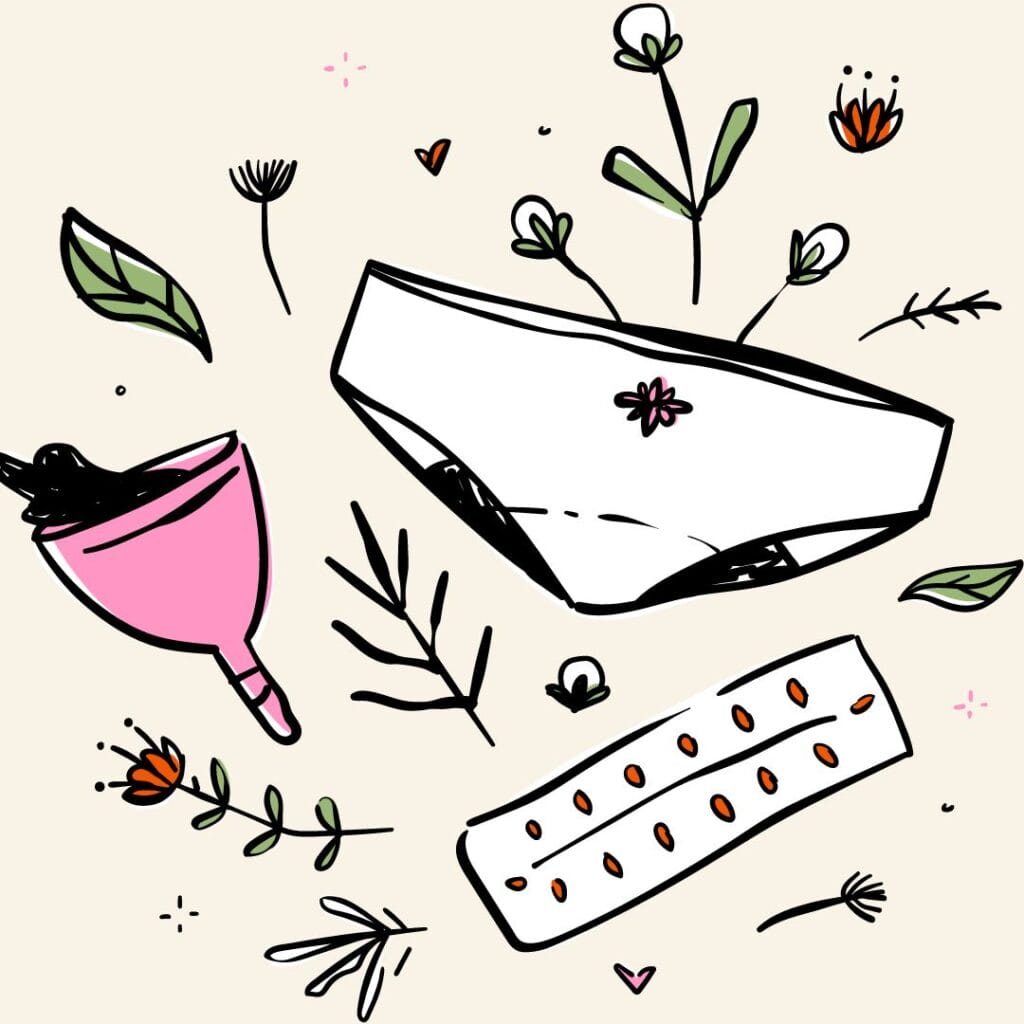
Washable sanitary pads
More absorbent than disposable ones and less harmful to the environment and health, washable pads are still impractical during treks and long journeys. Since they need to be washed, it requires access to water or certain logistics to always have them on hand. To tell you the truth, I took 5 in total, for different flows, and I always managed with them in combination with the cup. But this number is unique to each person.
The advantage is that you have them throughout the journey, and they take up little space compared to packs of pads/tampons. Also, if you don't have immediate access to water to wash them, you can transport them folded without fear of odors, unlike disposable period products.
Menstrual cup
Personally, the cup changed my life. Practical and ultra-comfortable (you sometimes forget it), the menstrual cup can be combined with other protections like washable pads or period underwear for even more freedom. So, if you opt for the cup, know that it takes some adaptation time! Buying one before leaving and slipping it into your toiletry bag, thinking you'll master it right away while traveling, wouldn't be wise… It would even be perilous! But once you get the hang of it (and if this method suits you perfectly), it ensures peace of mind for a very reasonable price. One downside, however, is that water is recommended for use, washing, and sterilizing between cycles. On the same principle as the cup and equally zero waste, there are also menstrual discs.
Period underwears
The latest in feminine hygiene products, period underwears promise great freedom in everyday life. I think it's a very good alternative to menstrual cups and washable pads. Since I was already equipped with a cup and washable pad, I never tested them, but they should do the job for long-term travel. The downsides of menstrual panties would probably be the unit price and, like reusable pads, finding the rolling system that suits you best.
Changing contraception
A last resort, you can opt for another method of contraception that would eliminate periods and thus lighten this burden (mental and physical) during your round-the-world trip. It's best to consult directly with your specialist.
Hair removal
Well, hair removal is more trivial when it comes to health while traveling, but it still needs to be taken into account. There are several schools of thought on this: bringing an epilator (bulky but certain tranquility), a razor (practical, small but quick regrowth), or going to a beauty salon.
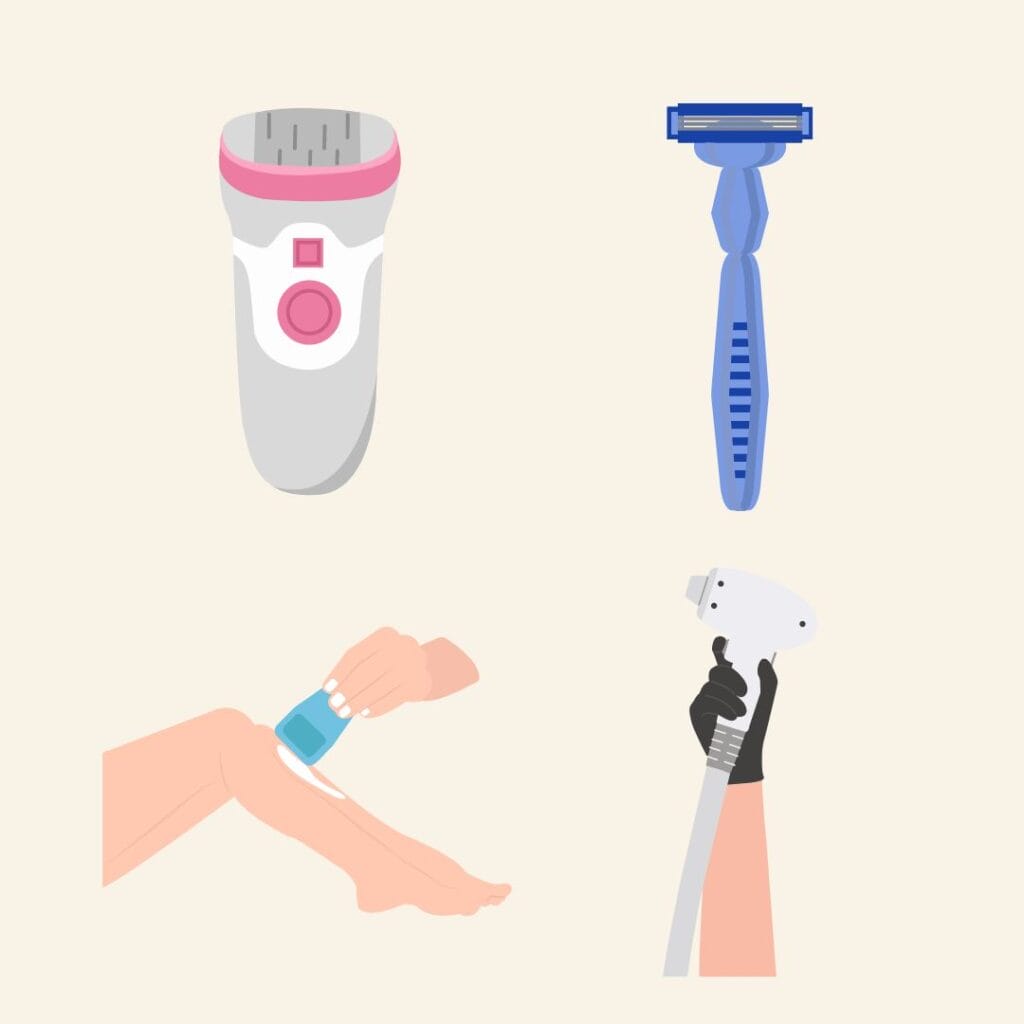
Determined to take my epilator, my pre-travel readings eventually convinced me to leave it. I was told that the razor would do the job and that we would find beauty salons everywhere. Not entirely convinced, I went anyway… Yeah, well, I regretted it, folks! Fortunately, my best friend brought me an epilator when she visited us in Vietnam because, in Asia, these little beasts are impossible to find! Since then, it's always in my bag (except on treks, of course).
The last solution is to plan well before departure for permanent hair removal: laser, intense pulsed light, or electrolysis. It's a small budget, but you're assured of being free during the trip and also afterward!
Contraception when you travel
You'll notice that I didn't include contraception in the section dedicated to women's health 😉. Because no, this issue isn't just a women's affair, men should also be concerned! Whether you're traveling alone or as a couple, a round-the-world trip isn't synonymous with abstinence. Opportunities may arise, and in those cases, we're glad to have planned. If you're traveling as a couple and your relationship has a few months/years behind it, you have several solutions. Either you keep the contraception method you've adopted so far, or you change it to be more relaxed during the journey. In any case, we'll give you advice to prepare for any eventuality.
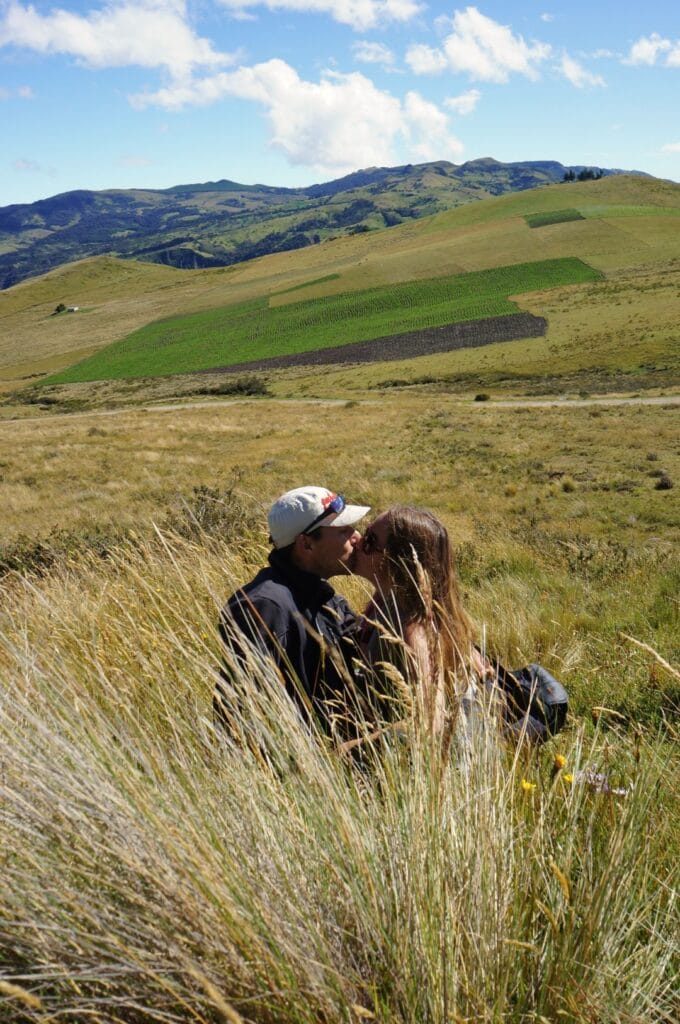
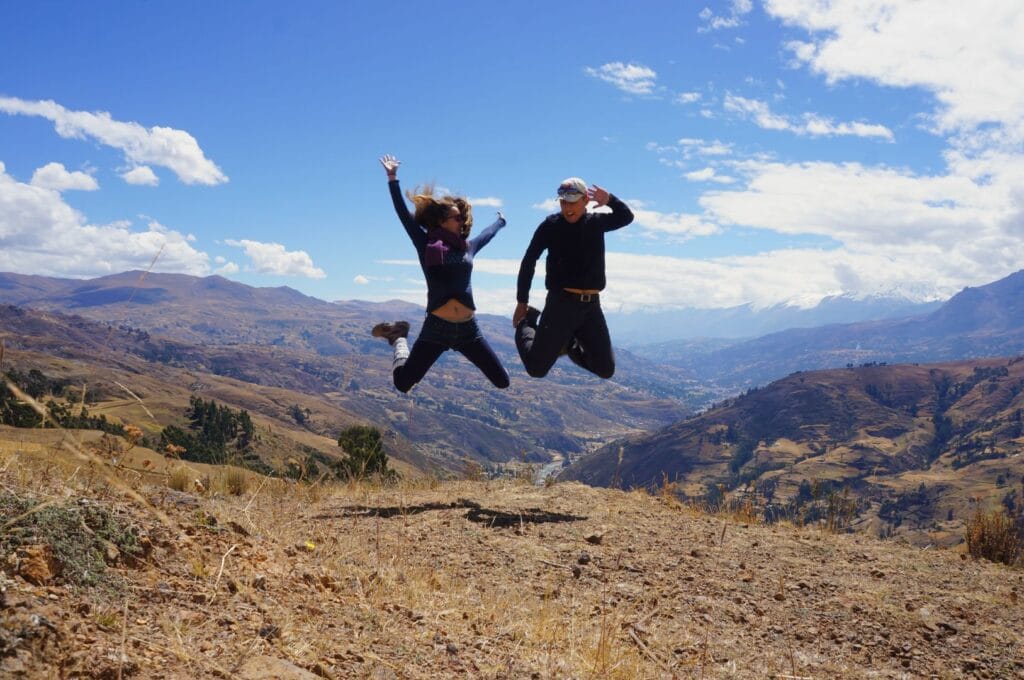
Condoms
Well, we won't remind you of the importance of condoms, the only effective contraception method against STDs and STIs, but having them with you all the time will prevent any inconvenience. It's better to buy them before leaving because standards and quality differ depending on the country.
Implants and IUDs
Everything that's "placed" contraception and durable (implant, IUD) shouldn't be a problem during a trip of several months. Just check the effectiveness period of your contraception method before leaving with a specialist. It's better to change it a few months before departure if necessary rather than having to deal with a possible pregnancy along the way!
As a reminder, the implant and IUD do not protect against STDs/STIs. If you're single at the time of departure, don't forget to slip a few condoms (male and/or female) into your toiletry bag or first aid kit.
Pill
For the birth control pill, it's up to you to see what's preferable. Taking the complete treatment for the duration of your adventure abroad is a good solution. Otherwise, you can change contraceptive methods, which will prevent you from forgetting to take it, for example. It's best to discuss this with your healthcare specialist. Bringing a few morning-after pills may also be a good idea, just in case…
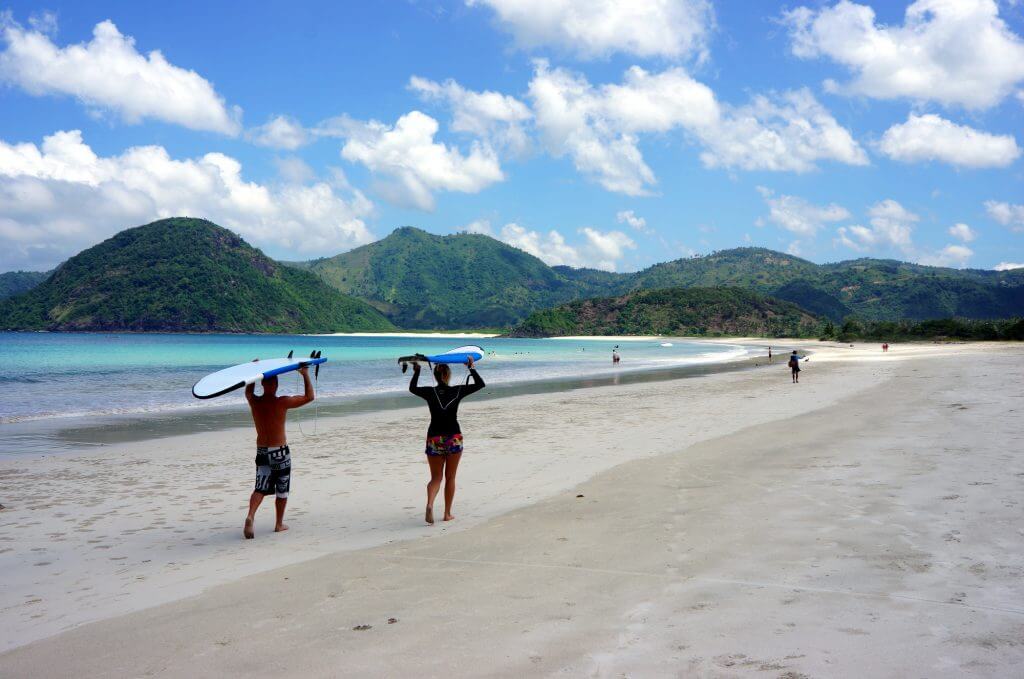
Getting a check-up before departure
Whether you're leaving for 6 months or more, it's always useful to make a small visit before departure to the dentist to prevent any potential dental problems, to the doctor for medications, and to the gynecologist for a check-up or contraception.
We hope we've answered your questions about health while traveling! In the next chapter, we tackle a big piece of preparation, the equipment for a trip around the world! We literally empty our backpacks so you don't make the same mistakes as us 😉.
Download our free pdf E-book!
Subscribe to our Newsletter and get a free E-book with more than 100 pages to help you prepare your trip around the world
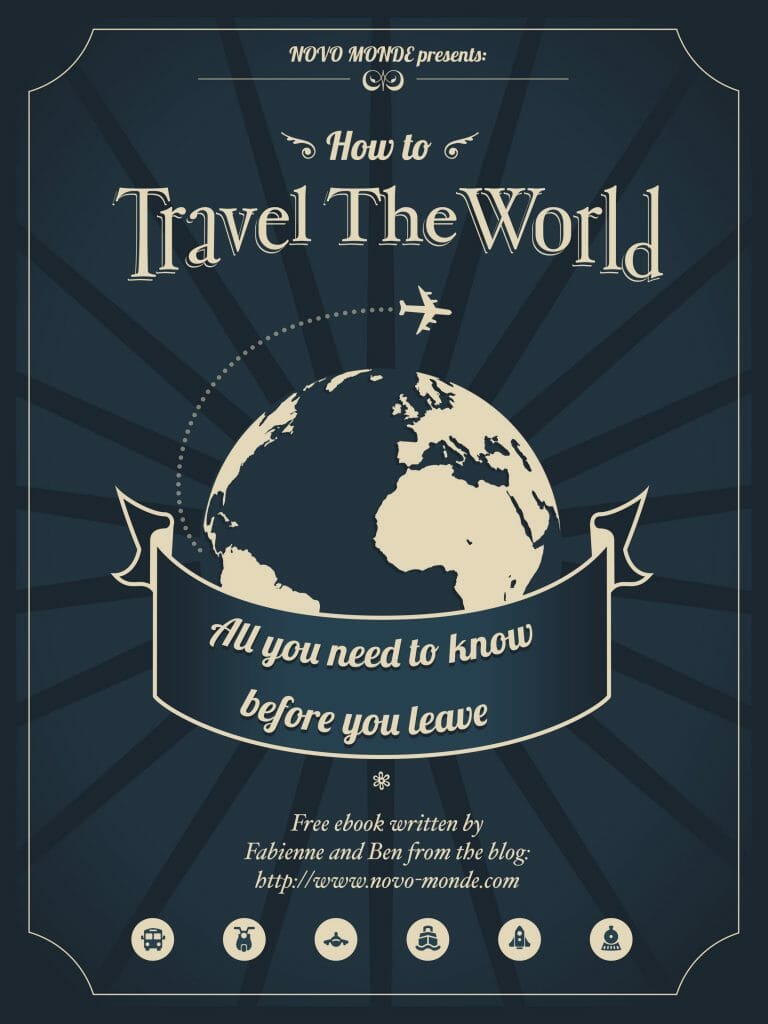
Pin it
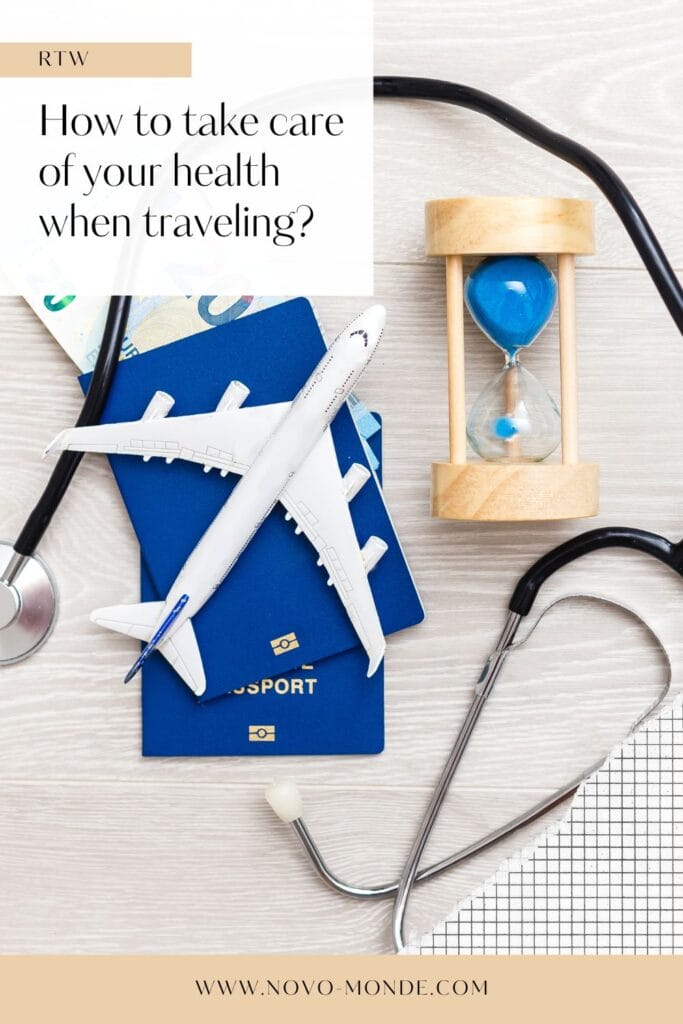
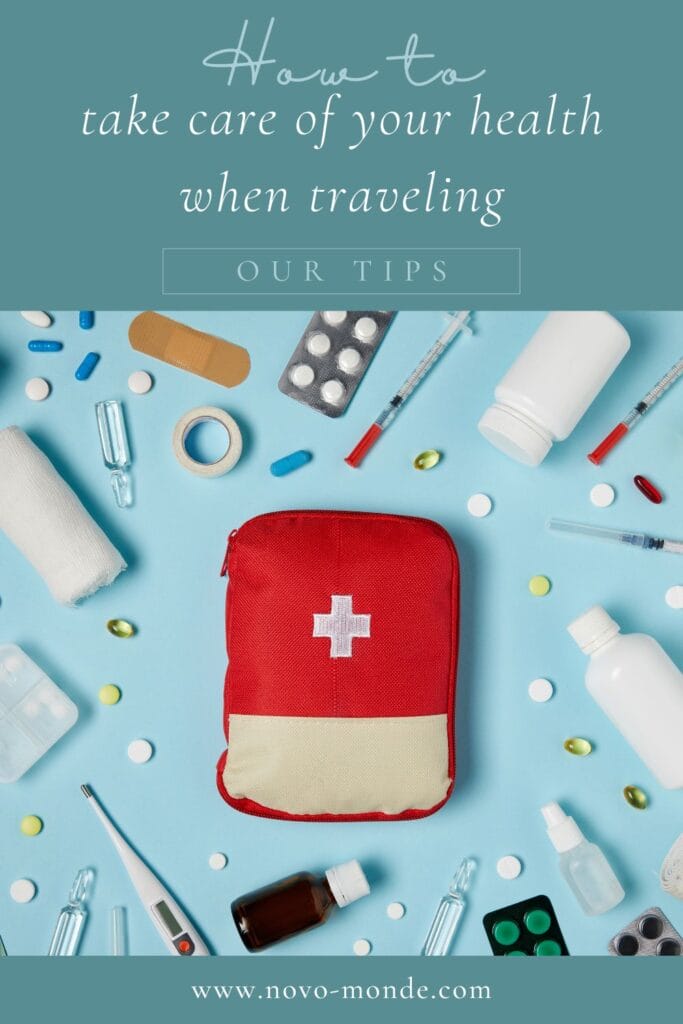
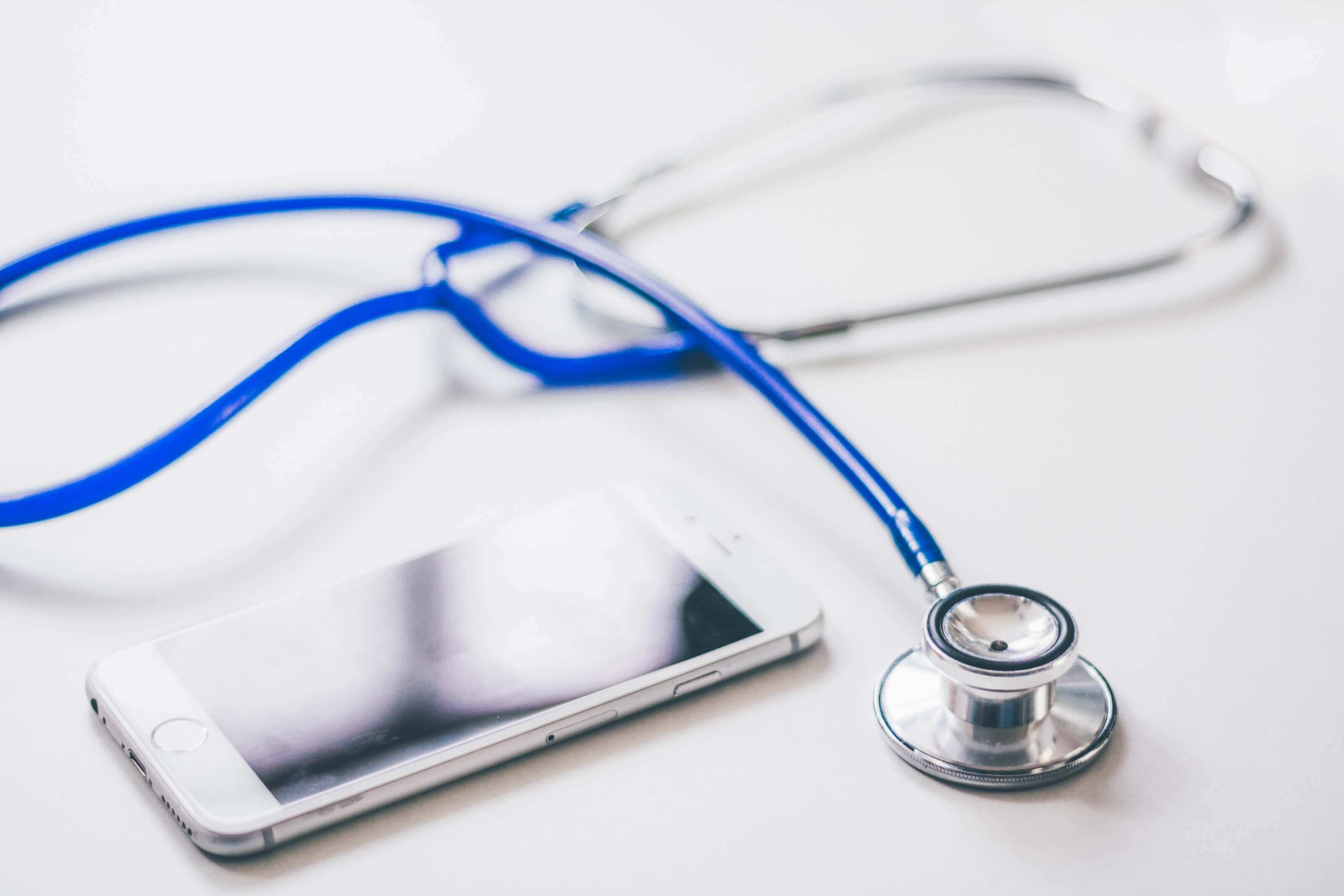

Join the discussion